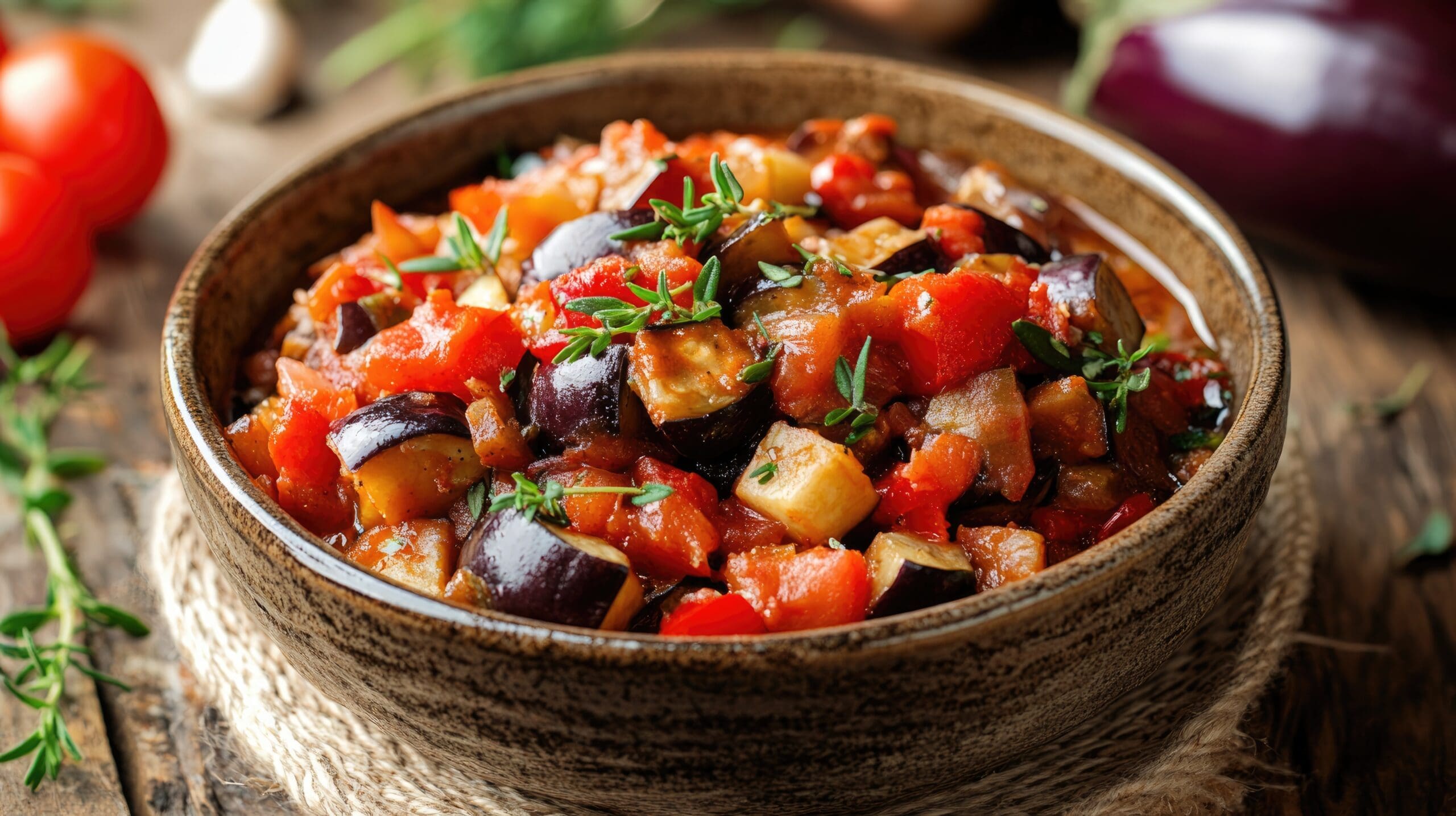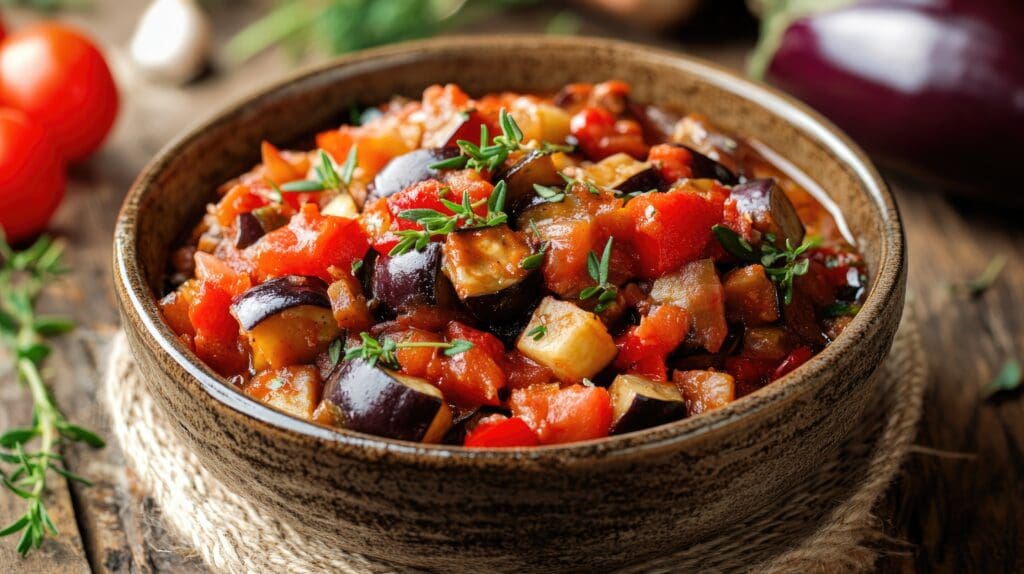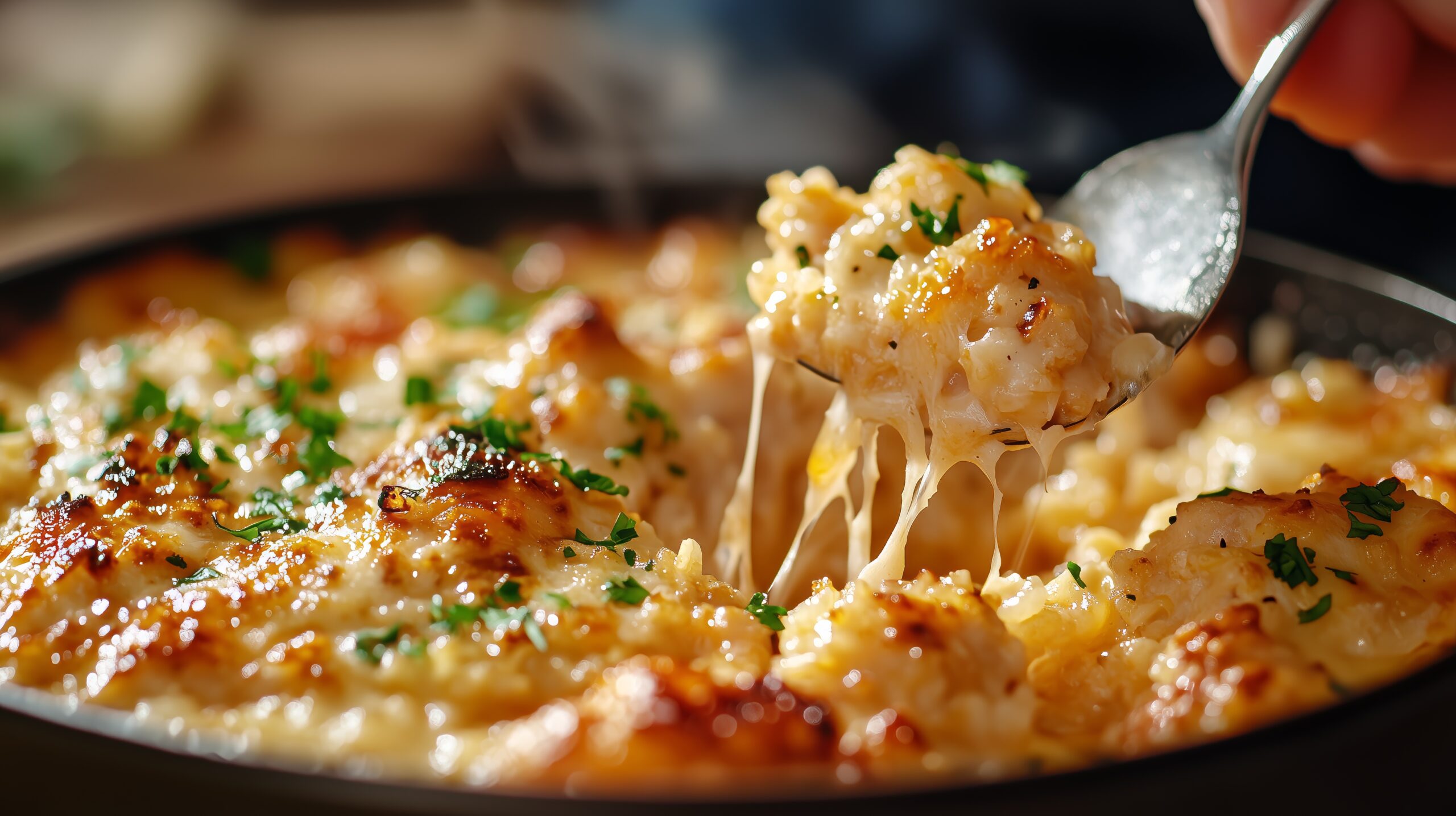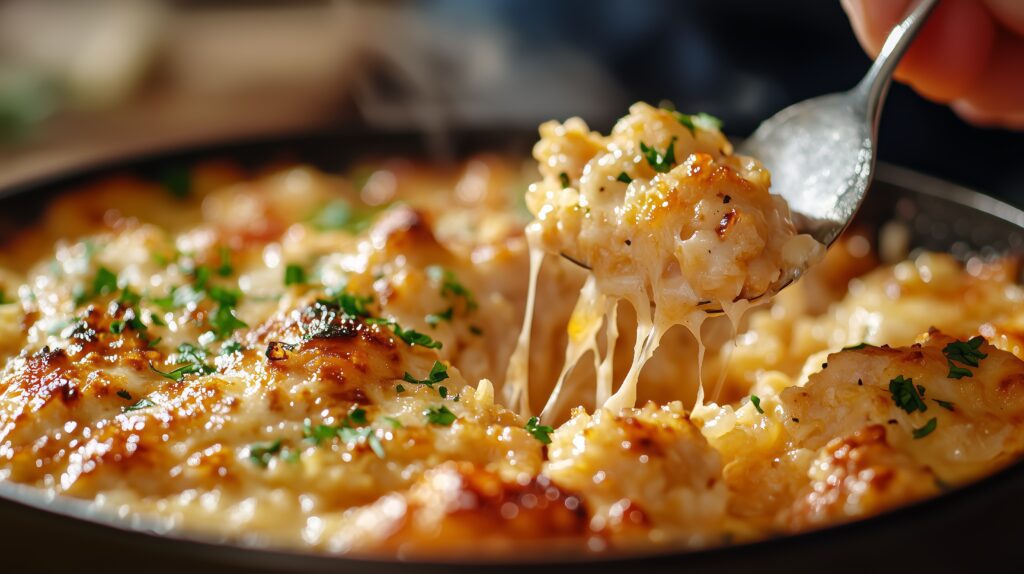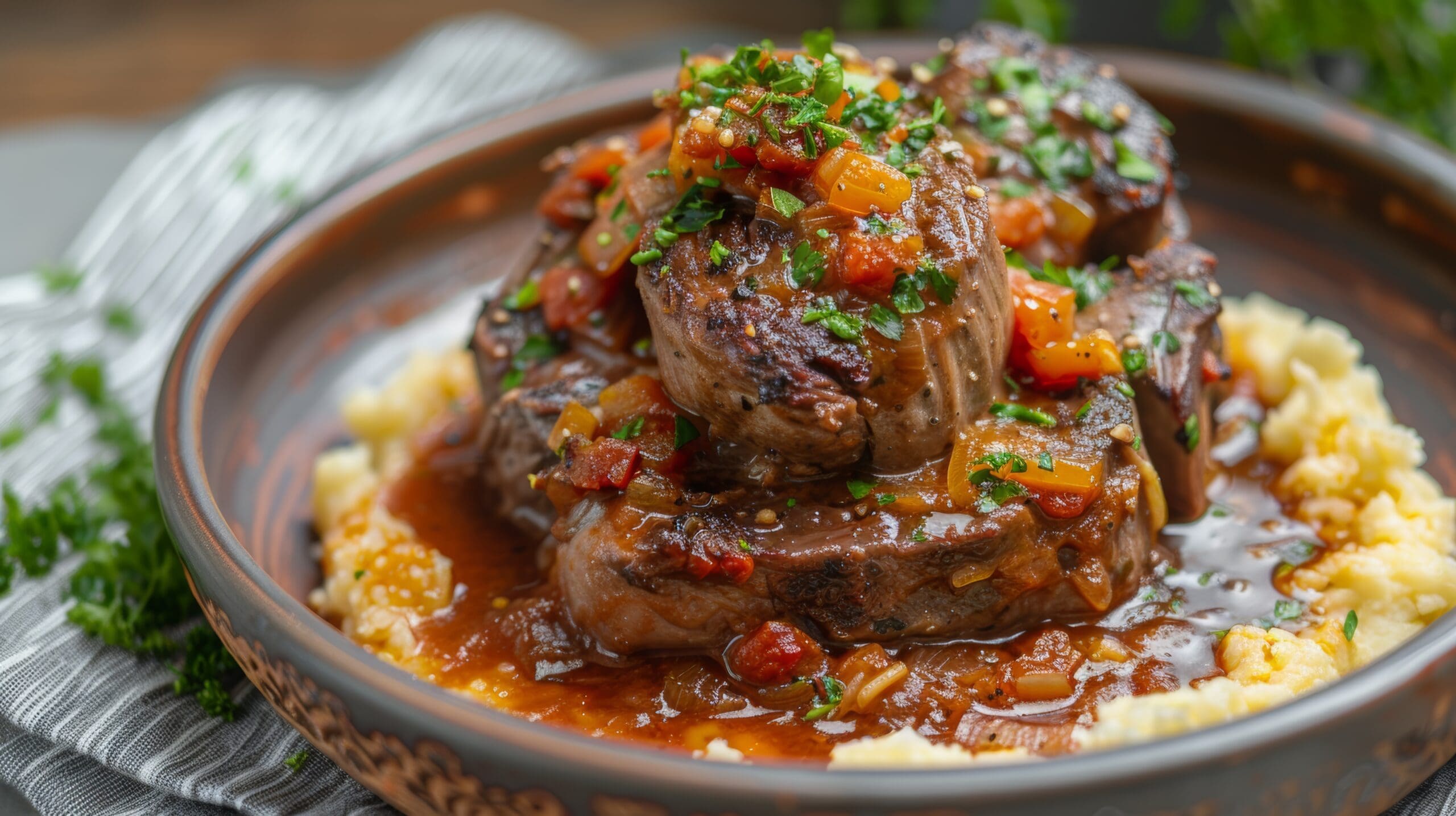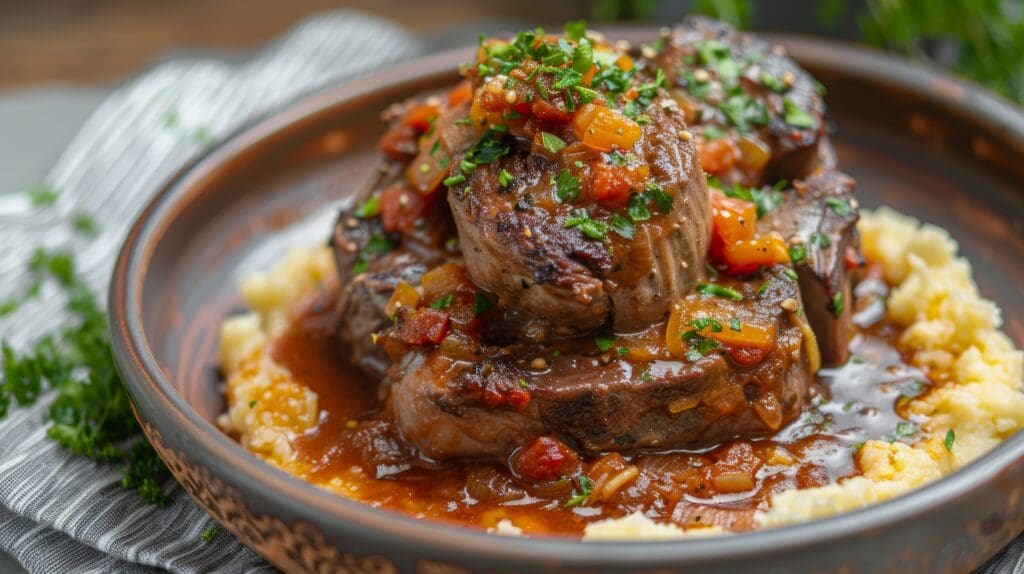
Made with Birchstead 95% British Beef Burger Pucks & Schär Gluten-Free Mini Brioche Sliders

There’s something deeply satisfying about a slider that tastes like pub-fare but feels handcrafted in your own kitchen. Using top-quality ingredients makes all the difference — that’s why we love the combination of the rich, British beef from Birchstead and the soft gluten-free brioche buns from Schär. The result is a burger slider that’s juicy and flavourful. It is suitable for people avoiding gluten — yet still indulgent, comforting and irresistibly tasty.
This gourmet gluten-free beef sliders recipe is crafted using premium-quality ingredients available exclusively at Nicol Retailer. The Birchstead 95% beef burger pucks offer exceptional flavour and tenderness. Meanwhile, the Schär gluten-free mini brioche buns provide a soft, bakery-style texture perfect for coeliac-friendly cooking. Together, they create a delicious, restaurant-style slider that’s easy to make at home. For more free-from products and premium British meats, explore Nicol Retailer’s full range at https://nicolretailer.com/product-category/butchered-meat/
.
When you pair the 95% beef burger pucks from Birchstead with Schär’s mini brioche sliders, you get a match for pub-style meals, casual dinner parties or cosy at-home feasts. This recipe elevates humble sliders into a rustic dish that looks amazing and tastes even better. Plus, everyone can enjoy it.
Premium Quality Fresh Beef at Nicol Retailer
Discover truly premium-quality, fresh British beef at Nicol Retailer, home to some of the finest cuts and expertly crafted burger pucks available online. Our range includes the exceptional Birchstead British Top Rump Short Rib Cap 95% Beef Burger Pucks, renowned for their rich flavour, tender texture and consistent cooking results. Perfect for home cooks, restaurants and catering businesses, Nicol Retailer provides high-grade, responsibly sourced beef. These products deliver unbeatable taste in every bite. Whether you’re preparing gourmet sliders, family meals or menu-ready dishes, our fresh beef products offer outstanding quality and value — delivered with the reliability and service Nicol Retailer is known for.
How to Make These Delicious Gourmet Sliders
Follow this simple step-by-step guide to recreate the rustic, flavour-packed sliders shown in the recipe:

Gourmet Beef & Caramelised-Onion Sliders (Gluten-Free)
Ingredients
- 10 Birchstead British Top Rump Short Rib Cap 95% Beef Burger Pucks (57 g each)
- 1 pack of Schär Gluten-Free Mini Brioche Sliders (10 × 3 buns).
- 2 large onions, thinly sliced (red or white)
- 1-2 tbsp olive oil (or a neutral oil)
- 1 tbsp butter (optional, for richer flavour)
- 1-2 tbsp brown sugar (or soft brown sugar)
- 1-2 tbsp balsamic vinegar (optional, for extra depth)
- Salt & freshly ground black pepper
- 10 small slices of cheese (optional — e.g. mild cheddar, or mozzarella)
- Toppings: baby gem lettuce or rocket; slices of gherkin or pickles; tomato slices; mayonnaise, burger sauce, mustard or gluten-free burger sauces of your choice.
- A light slather of butter or oil for toasting buns (optional)
Instructions
Caramelise the onions
- Heat the olive oil (and butter if using) in a medium sauté pan over medium-low heat.
- Add the thinly sliced onions and a pinch of salt. Stir gently.
- Add the thinly sliced onions and a pinch of salt. Stir gently.
- Add the brown sugar and balsamic vinegar (if using), stir to combine, and cook a further 5 minutes until onions are soft, sweet and jam-like
- Remove from heat and set aside.
Cook the burger pucks
- Heat a griddle pan or heavy frying pan over medium-high heat. Lightly oil the surface.
- Season each beef puck with a little salt and pepper just before cooking.
- Place the pucks on the hot pan. For 57 g patties, cook ~2–3 minutes each side for medium-rare/medium; extend by 1–2 minutes per side for well done (adjust to your preference).
- If using cheese, add a slice to each puck about 30 seconds before finishing so it melts nicely.
- Once cooked, remove from heat and let rest on a plate.
Prepare the buns
- Split the gluten-free mini brioche buns and, if you like, lightly butter/toast them on the hot griddle or a clean pan until just crisp & golden — this adds a nice texture contrast.
Serve & enjoy!
- Serve warm, ideally with a side of sweet potato fries, a crisp salad, or even a quick slaw
- For a pub-style bite: serve 2 sliders per person with a pint or a soft drink; for a snack platter, include assorted sauces and extra toppings so people build their own.
Notes
Nutrition
Serving Suggestions
These gourmet gluten-free beef sliders are wonderfully versatile, making them ideal for everything from casual family dinners to laid-back weekend entertaining. To elevate your dish and create a well-rounded meal, here are some delicious serving suggestions that pair beautifully with the juicy Birchstead beef and soft Schär brioche buns.
Classic Pub-Style Sides
For a traditional British pub feel, serve your sliders alongside:
- Seasoned chunky chips or sweet potato fries
- Beer-battered onion rings
- Pickled slaw for a tangy, refreshing bite
These sides create that comforting, indulgent “gastropub” experience — perfect for relaxed evenings or sharing platters.
Light & Fresh Options
If you prefer something lighter, these sliders pair beautifully with fresh, crisp salads:
- Rocket & parmesan salad with balsamic drizzle
- Cherry tomato & basil salad
- Cucumber ribbons with lemon and cracked pepper
These fresh flavours cut through the richness of the beef and brioche beautifully.
Gluten-Free Party Platter
Hosting guests? Turn your sliders into a party centrepiece by serving them with:
- Gluten-free nachos and dips
- Stuffed mini peppers
- Marinated olives, sun-dried tomatoes, and antipasti
This transforms your dish into a balanced sharing board perfect for game nights, gatherings, or casual celebrations.
Family-Friendly Add-Ons
For a full, comforting dinner, try adding:
- Garlic roasted potatoes
- Steamed seasonal vegetables
- Corn on the cob with herb butter
These sides help round out the meal and make it suitable for all ages.
Premium Star Ingredients — Available at Nicol Retailer
What makes this recipe truly exceptional is the quality of the ingredients — both of which you can conveniently purchase from Nicol Retailer.
The foundation of the dish is the Birchstead British Top Rump Short Rib Cap 95% Beef Burger Pucks. These are made from premium British beef known for its tenderness, rich flavour and superb cooking consistency. These burger pucks offer professional-grade quality, ensuring every slider is juicy, satisfying and packed with natural beef richness.
To complement this, the recipe uses Schär Gluten-Free Mini Brioche Sliders — soft, golden, and buttery in texture. These buns elevate the dish, offering a light sweetness that pairs perfectly with the savoury beef. They also ensure the recipe remains suitable for gluten-free diners. Their bakery-style softness makes them ideal for gourmet sliders, giving you a restaurant-standard result at home.
Nicol Retailer proudly stocks both items, allowing you to source premium beef and high-quality gluten-free brioche buns from one trusted supplier. Whether you’re cooking for family, entertaining guests, or designing a menu for a business, Nicol Retailer ensures you have access to top-tier ingredients that deliver exceptional taste every time.

















